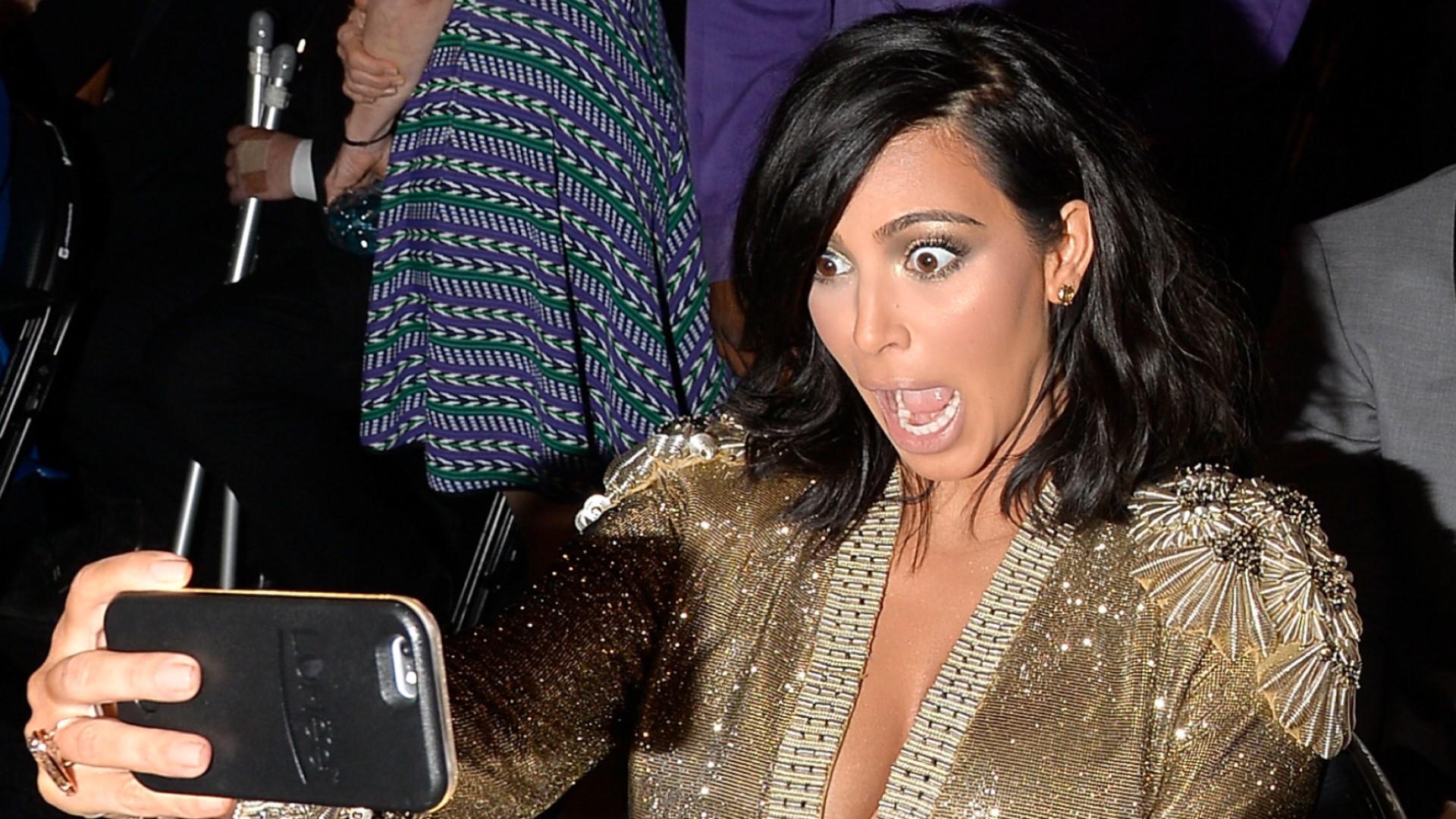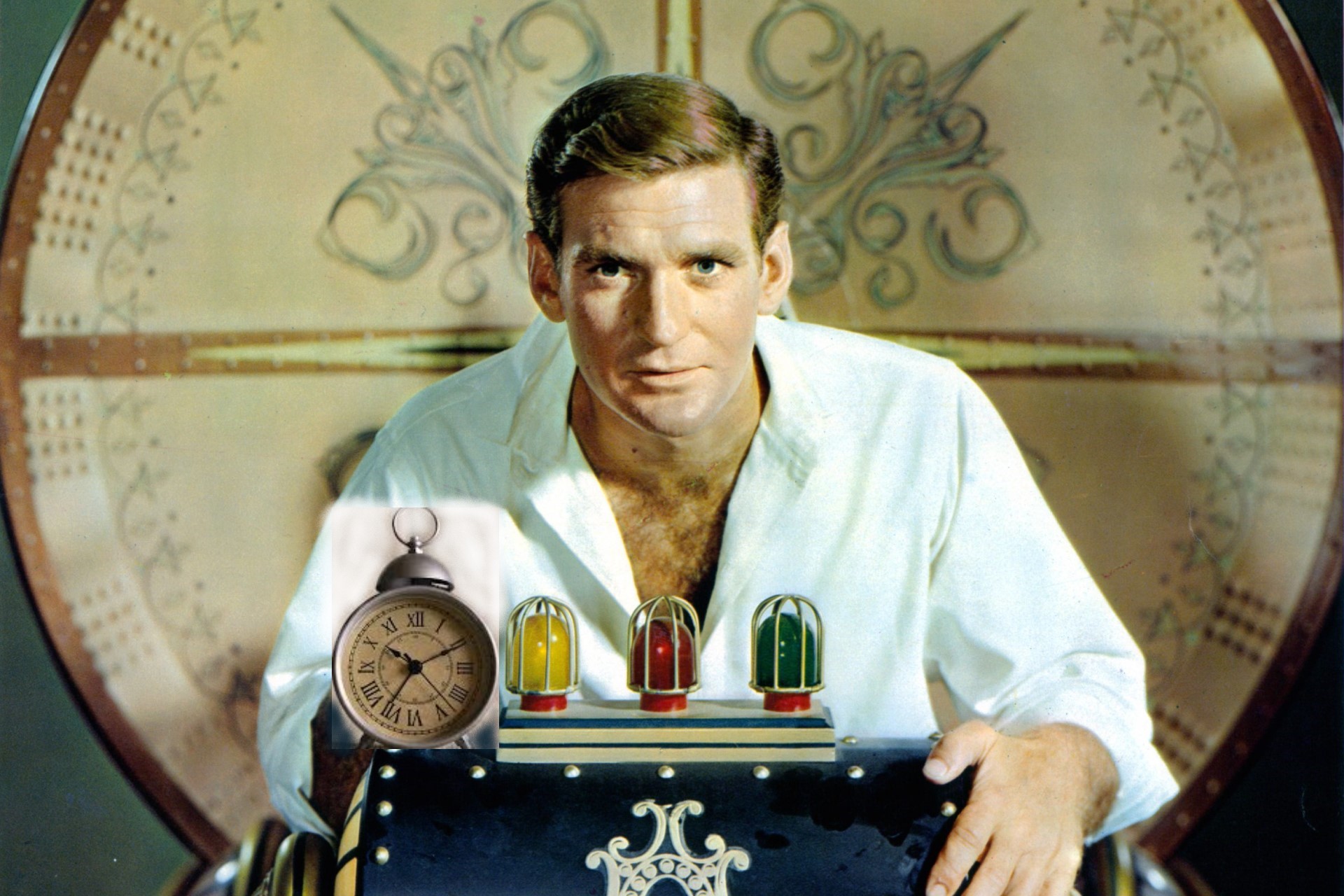People we lost in 2023: Mary Quant, inventor of miniskirts and hotpants
Dame Mary Quant — one of the biggest fashion icons of the 20th century — passed away peacefully at her home in Surrey, England, in early 2023. She was 93 years old and left behind a legacy of groundbreaking fashion that defined an entire era.
Ernestine Carter, an authoritative and influential fashion journalist of the 1950s and 60s wrote: “It is given to a fortunate few to be born at the right time, in the right place, with the right talents. In recent fashion there are three: Chanel, Dior, and Mary Quant.” Here’s a look at her life and work.
Born in London to Welsh teachers, Quant grew up in a family with a strong educational background and developed a passion for fashion early in her life. She studied art in post-secondary and went on to apprentice for a high-end milliner in Mayfair trimming hats.
Here, she's pictured at age 16.
While there, she learned about form but also had reservations about “spending three days making one hat which would be worn for one afternoon by a grumpy, spoiled middle-class woman," she later wrote.
Here, she's pictured dancing with her partner Alexander Plunket Greene.
In 1955, Quant and Greene opened a boutique called Bazaar in Chelsea, London. Also selling under-the-counter drinks and playing great music, it became the epicenter of British fashion and London’s youthquake movement.
Embracing the time, she said her whole goal was “to not wait for couturiers to imitate what rich people wore in Paris” and instead created practical and affordable clothes that she and her young friends wanted to wear. She soon moved into creating her own designs.
Pictured, a model showing off her shoe designs.
She is often credited for inventing the miniskirt, and named the style after her favorite car: the Mini. Later, she said she was just giving the girls in Chelsea what they wanted. “Good taste is death, vulgarity is life,” she told the Guardian in 1967.
In 1963, Quant launched her mass-market fashion line under the name Ginger Group, bringing her designs to a wider audience and making fashion accessible to the masses. By the end of the 1960s, it was said that 7 million women had bought her clothes.
Photo: Mary (center) and Ginger Group models running after a photo shoot.
She also helped women break free of the stockings that were still lingering from the Victorian era. She worked to create brightly colored tights that were also more comfortable to run around in.
Quant challenged strict gender segregation in fashion by repurposing longline men’s cardigans into short women’s dresses and borrowing from classic men’s tailoring. She also added pockets to clothing and made practical clothing that women could “catch the bus” in.
After hearing of Quant’s death, the model Twiggy, who helped popularize Quant’s designs in the 60s, wrote: “She revolutionized fashion and was a brilliant female entrepreneur…The 1960s would have never been the same without her.”
Quant’s collaboration with hairdresser Vidal Sassoon resulted in the creation of geometric bob hairstyles that perfectly complemented her clothing designs and became iconic in its own right.
Another one of her groundbreaking fashion choices had to do with her pioneering use of PVC in her “Wet Collection,” which involved futuristic plastic-coated cotton.
In 1966, Mary Quant Cosmetics also turned the makeup industry on its head. It was Quant who came up with the plastic makeup boxes people still use today, which feature eyeshadow, blush, lipgloss etc. She also included her iconic daisy branding on the cosmetics line.
Of course, the Beatles also loved Quant’s styles. They regularly wore her clothes. They were such fans that on their wedding day, George Harrison and Patti Boyd both wore Quant clothes: a pink minidress (shown) and red fox fur coat for the bride, a black Mongolian lamb coat for the groom as outerwear.
In the late 1960s, she also came up with hotpants. According to Quant in her bio, they “sold faster than (they) could make them.”
In 1973, Quant also entered the doll market to compete with Barbie. Her doll called Daisy (after her logo), was considered the “best dressed” doll in the world.
In the 1970s and 80s, she spent a lot of time focused on designing interior items, like bedding and wallpaper, bringing her unique style to everyday life. She even claims to have invented the duvet.
In 1988, she designed the interior for her favorite car brand that inspired the name of the iconic miniskirt. It was a special edition.
Photo: BMW Group
In 2000, she stepped down as head of Mary Quant Ltd, after a Japanese buyout. In 2012, there were still more than 200 Mary Quant Colour shops in Japan.
In 2015, Mary Quant was made a Dame for her services to the fashion industry. In 2009, she was also honored by the Royal Mail with her own postage stamp (shown).
































